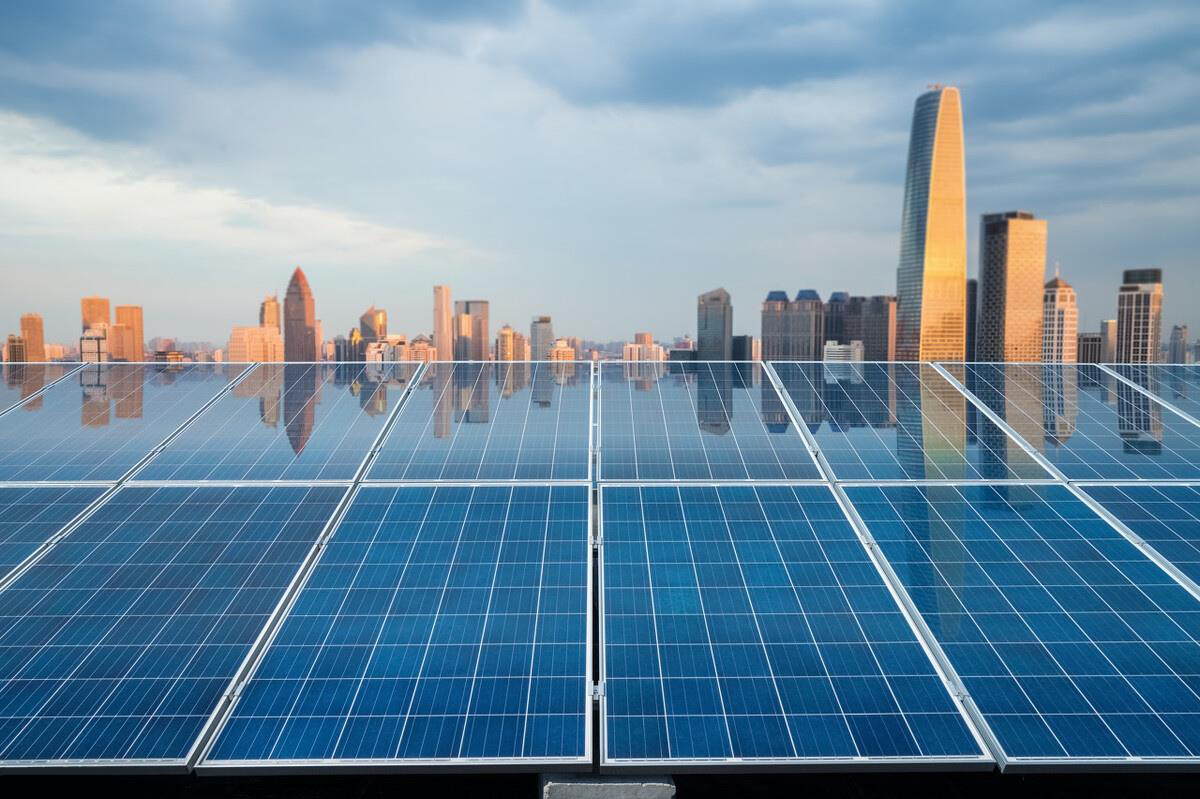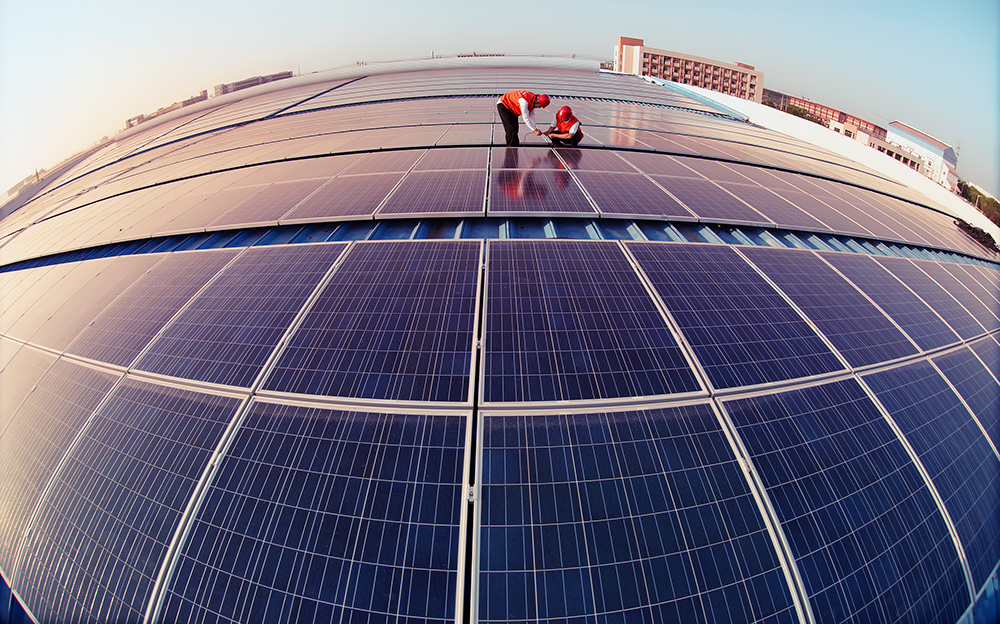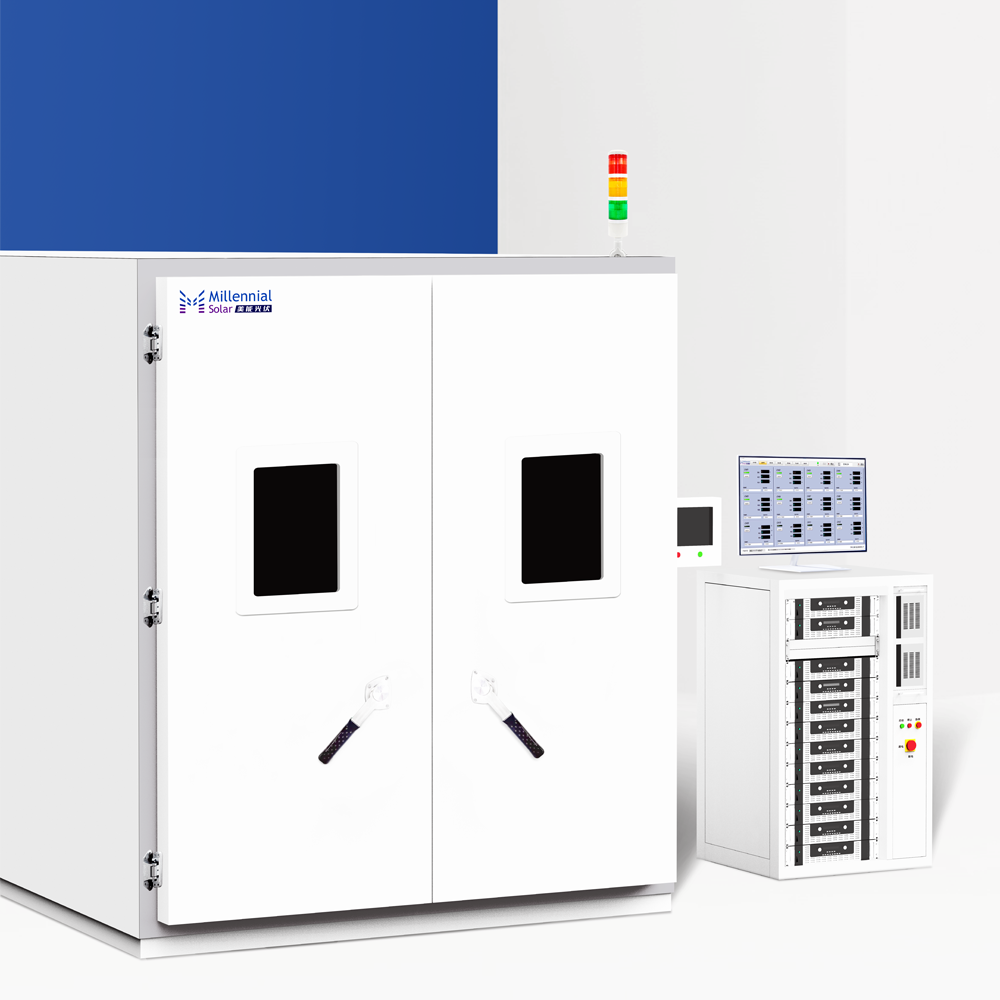
Quantum Efficiency Tester
PL/EL Integrated System
PV-Reflectumeter
3D Confocal Microscope
In-Line Four Point Probe Tester
Four Point Probe Tester
In-Line Thin Film Thickness Tester
Raman Spectrometer
FTIR Spectrometer
Spectrophotometer
Automatic Spectroscopic Ellipsometer
Contact Resistance Tester
Ultra depth of field 3D microscope
Auto Visual Tester
VMM PV Vision Measuring Machine
Solar Cell Horizontal Tensile Tester
Steady State Solar Simulator for Solar Cell
Solar Cell UV Aging Test Chamber
Solar Cell Comprehensive Tensile Tester
Visual Inspection Tester
Wet Leakage Current Tester
PV Module EL Tester
PV Module UV Preconditioning Chamber
Steady State Solar Simulator for PV Module
Current Continuous Monitor
Potential Induced Degradation Test
Bypass Diode Tester
LeTID Test System
Reverse Current Overload Tester
Impulse Voltage Tester
Hipot Insulation Tester
Ground Continuity Tester
Hipot Insulation Ground Tester
Damp Heat Test Chamber
Humidity Freeze Test
Thermal Cycle Test Chamber
Dynamic Mechanical Load Tester
Static Mechanical Load Tester
Hail Impact Tester
Robustness of Termination Tester
Module Breakage Tester
Cut Susceptibility Tester
Peel Shear Strength Tester
Universal Testing Machine (Single-arm)
Universal Testing Machine (Double-arm)
Glass Transmittance Tester
Acetic Acid Test Chamber
EVA Degree of Crosslinking Test System
Junction Box Comprehensive Tester
Drop ball tester
Semi-automatic scanning four-probe tester
Stylus Profilometer
Maximum Power Point Tracker
Perovskite Glass Transmittance Tester
Perovskite P1 Laser Scribing Multifunctional Testing Machine
Perovskite Online PL Tester
Perovskite Online Sheet Resistance Tester
Online Perovskite Film Thickness Tester
Perovskite Process Inspection Workstation
Portable IV Curve Tester
Portable EL Tester
Portable Thermal Imaging Tester
Solar Module Multi-Channel Testing System
PV Inverter Power Quality Tester
Drone EL Tester
IV Tester
IVEL Cell Sorting Machine
Photovoltaic Module Industry Development
Date : 2024-02-05Views : 105
China faced technical and equipment difficulties in the early days. After entering the 21st century, domestic technology has developed steadily to realize import substitution. And because of the significant advantages of integrated layout, with brand + channel as its core competitiveness, it has already achieved a certain industry status in the world. Millennial Solar reviews the development history, competition landscape and development trends of China's photovoltaic module industry.
Development History
The development of our photovoltaic module industry has gone through three stages: OEM stage, exploration stage, and maturity stage:
OEM period: Before 2000, it was the early stage of the development of the photovoltaic industry. The localization of component equipment had a difficult start. The market and technology of photovoltaic components were in the hands of companies such as Germany, the United States, and Japan. Domestic manufacturers needed to import Western technology at a high cost. and equipment, and then use the abundant domestic solar energy resources and cheap labor for production and processing, and then export lower-value component products abroad;
Exploration period: 2000-2010, domestic component equipment began to replace imported equipment. After solving the problem of photovoltaic equipment from scratch, the output of domestic photovoltaic components reached explosive growth from 2009 to 2010, with the year-on-year growth rate of output reaching 73% and 146.5%. At the same time, domestic module manufacturers began to actively seek overseas markets for photovoltaic products, but it was difficult to win the recognition of foreign customers;
Maturity period: The 2011 National Energy Work Conference clearly proposed to cultivate the photovoltaic industry into China's advanced equipment manufacturing industry and emerging energy pillar industry. As technical difficulties are overcome, domestic component equipment has greater advantages in terms of price and delivery cycle. Shorter and more timely service response, the market share of domestic photovoltaic modules continues to expand, and output also increases steadily. After 2018, in addition to power testing equipment, my country's photovoltaic module equipment has basically achieved import substitution, and the growth rate of module production has continued to increase steadily. According to CPIA data, in H1 of 2022, domestic module production has reached 123.6GW, +54.1% year-on-year, close to the full-year production level in 2020.

competitive landscape
Domestic photovoltaic module production capacity leads the world, driving the sustainable development of the industry. With my country's continued policy support for the photovoltaic industry and the continuous advancement of related technical levels, as well as the enhancement of large-scale production capabilities of domestic enterprises, the competitive advantages of my country's photovoltaic module manufacturers in the international market have gradually expanded.

Millennial Damp Heat Test Chamber can simulate various harsh weather conditions that solar modules are subjected to during application. For example: high temperature, high humidity, long-term moisture penetration, etc. It has DH environment simulation experiments to verify and evaluate the reliability of solar modules or materials.
●The temperature range can reach -50~120℃, the humidity range can reach 10%RH~98%RH
● Temperature and humidity control accuracy can reach 0.1℃/0.1%RH
● Temperature and humidity distribution uniformity ±1℃; ±2%RH
● Meet IEC61215-MQT13; IEC61730-MST53 solution

E-mail: market@millennialsolar.com
Overseas market demand continues to expand, and global sales channels are a necessary condition for forming competitive advantages. At present, photovoltaic power generation has gradually become economical without subsidies around the world. In the past two years, the proportion of overseas markets in global photovoltaic installed demand has increased to more than 60%, and is expected to continue to increase in the future. As the direct upstream of photovoltaic power plant construction, photovoltaic module companies globalize and localize their sales channels. This is an inevitable choice to stay close to the end market and maintain sensitivity to changes in market demand. In the long run, it will also improve customer stickiness and stabilize overseas markets. Sales scale and performance are necessary conditions to fully maintain the possibility of further expanding energy-related businesses in the future, and thereby obtain and consolidate competitive advantages.

































































